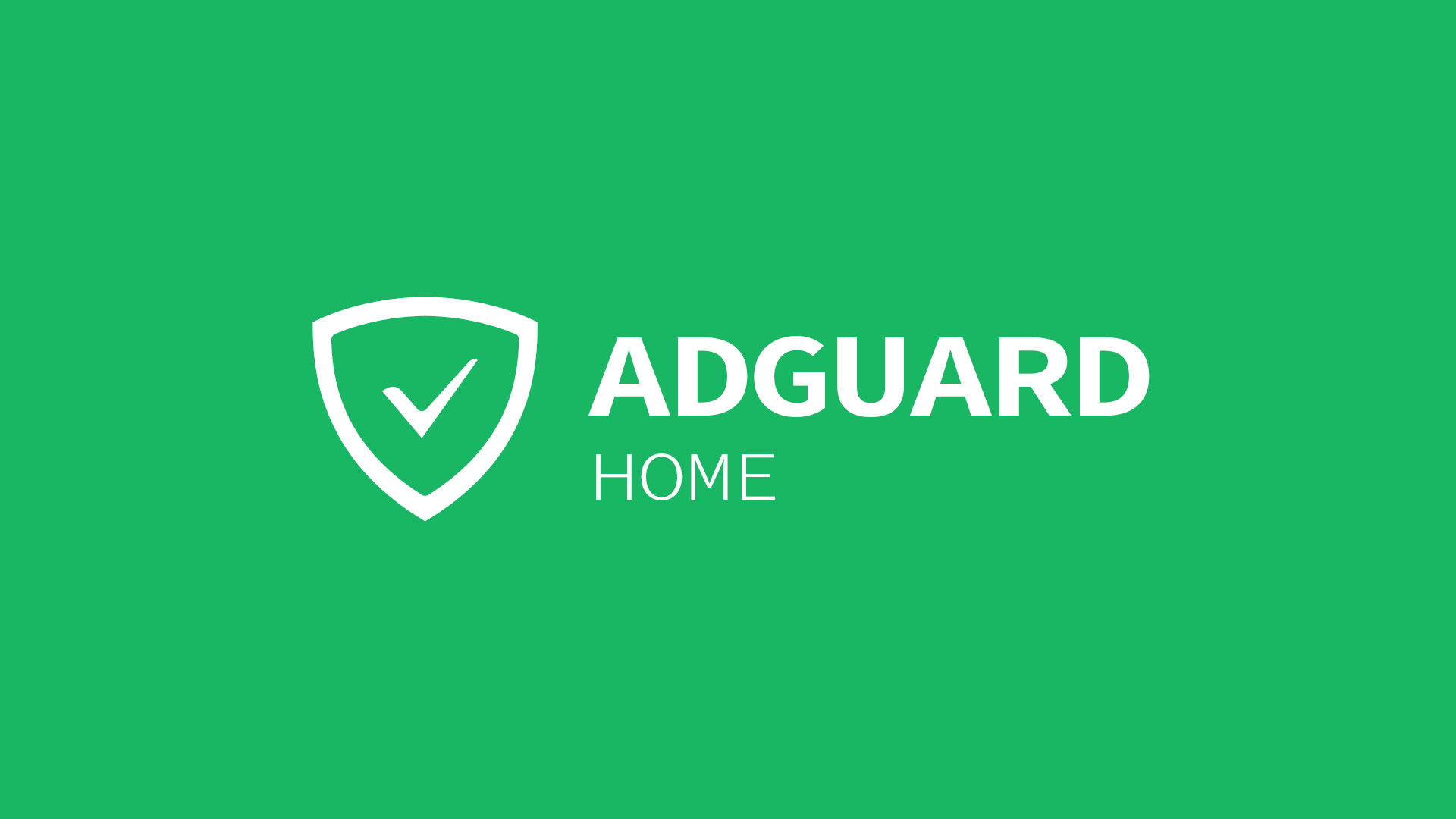
Now, let's proceed and finally rent a server. Now, for my small personal side-projects, I prefer to use either DigitalOcean or Vultr, but you can choose whichever hosting provider you prefer. It has a public static IP address, and you can connect to it from anywhere. Once you have a domain name, we're ready to get to the next step - rent a public cloud server.Ī cloud server is basically a virtual machine that runs on some hosting company infrastructure.

Take some time to find a name that you like, and you're good to go! To name a few:, Google Domains, Namecheap. For this, I prefer to use GoDaddy, but there're many more. The very first step would be to register a domain name. I am describing my own setup, your preferences may differ, and that's completely okay. Setting up AdGuard Home in your home network will be a topic for some future articles.ĭisclaimer: most of the steps in this instruction and services that I use can be replaced with alternatives. In this post, we'll focus on the second way. And since this is your server, you'll be in control of your data. Of course, you have to pay for the server (~$5/mo) and the domain name (~$5-10/yr), but now wherever you go, AdGuard Home will continue to do its job. The second way is to install AdGuard Home on a public cloud server, set up encryption (this is a crucial step!), and configure your devices to use your new server. I won't cover this setup in this post, but you can read this instruction. However, once your device leaves the home network (for instance, you take the phone with you and go out), it won't be protected anymore. In this case, it will control all devices in your home network. The first one is to install it at home on some device like Raspberry Pi. There are two "base" ways to set up AdGuard Home.

But stay tuned we're preparing a network-wide blocking solution suitable for everyone just as we speak. If you are not among them, probably this post is not for you. Instead, this is a network-wide blocker, and its purpose is to protect all your devices.ĭisclaimer: in the current state, AdGuard Home is supposed to be used by power users and technical geeks who know what Linux is and how to use it. It's also not a system-wide blocker like AdGuard premium apps. AdGuard Home is not a traditional content blocker that works in your browser.

Let's start with a short introduction of what AdGuard Home is and why we made it. Blocks trackers and dangerous sites.įree the Web from ads and protect your privacy with AdGuard Browser Extension Fights trackers and phishing.īlocks ads in browsers and supports DNS filtering. Protects your privacy.ĭoesn’t need root access to block ads in browsers and apps. Protects from phishing and malware.ĭesigned with macOS specifics in mind. Blocks ads and trackers in browsers and apps.


 0 kommentar(er)
0 kommentar(er)
